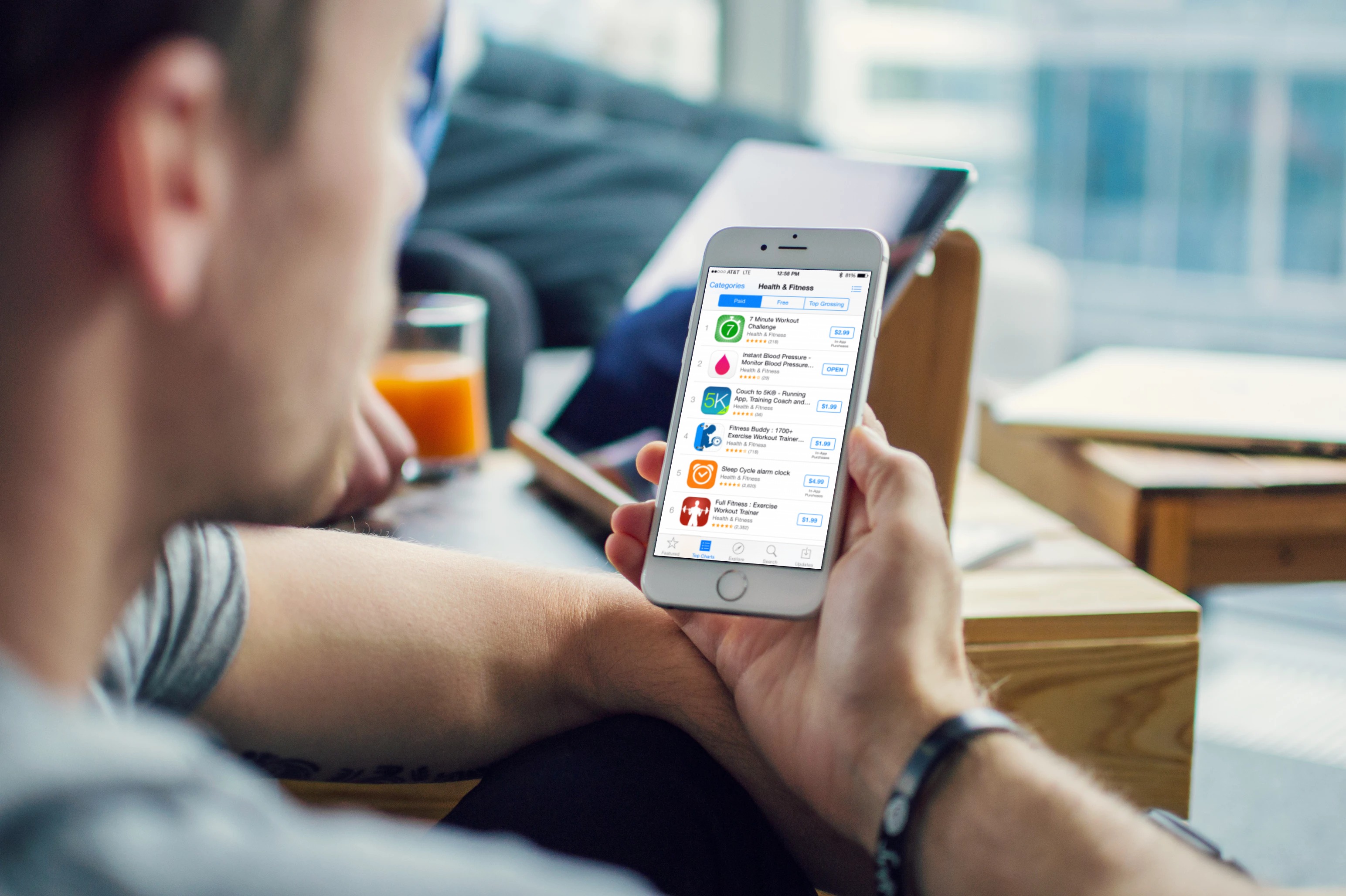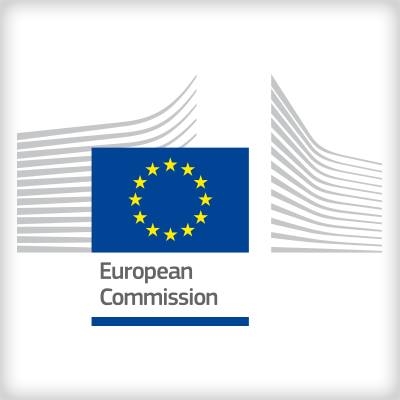Mobile apps are extremely popular and rapidly becoming the main source of communication not only for peer to peer communication but also B2B and B2C communication.
Because of this, it’s no surprise that most MedTech companies have created, and are continuously creating, mobile apps for patients and healthcare professionals (HCPs) to digitize and improve business processes and the overall patient experience.
As reported by IQVIA, there are now over 318,000 health apps available in app stores worldwide, with over 200 health apps added each day. According to recent estimates we expect around 1.8 billion smartphone users to download a health application this year.
Following consumers, healthcare professionals have started adopting the use of apps in their working day. The potential for and of medical apps is significant. Compared to expensive medical equipment, the use of apps is relatively inexpensive and can aid in managing chronic diseases, provide early diagnoses and improve patient-doctor communication, thereby reducing the number of expensive hospital visits.
However, the distinction between apps used for medical or ones just used for wellness and fitness purposes is becoming more and more difficult to define. This distinction is essential in order to ensure that apps used for medical purposes comply with the corresponding European regulations.
Medical Device Regulation (MDR)
As we have mentioned before, organizations must demonstrate that their system meets its intended purpose and has no unintended consequences that might cause harm. This is still the main criterion to determine the classification.
The described and advertised purpose of the app is a key factor, but it also greatly depends on its exact features and contents, where definitions are often unclear and a matter of interpretation. As KPMG states, in general, an app is a medical device if it is intended to be used for diagnostic or therapeutic purposes.
Manufacturers should be aware that these legal requirements and that these requirements will increase with the new Medical Device Regulation (MDR). The classification will no longer depend only on the labeled purpose of the device, but also on the risk assessment. This will have significant implications for medical apps since many medical apps will fall in a higher classification rule.
EMA has published the first of a series of guidance documents to help applicants prepare for obligations stemming from the new EU regulations on medical devices.
How does Applied SAFe relate?
Organizations must develop the objective evidence required to prove that the system conforms to regulatory standards. To that end, organizations that build high-assurance systems define their approved practices, policies, and procedures in a QMS.
As required and also stated by SAFe®, you can tailor all elements of the process model to your needs. You will be supported and guided by Applied SAFe® in tailoring, while still maintaining compliance with regulatory requirements of each process instance.
Our product Applied SAFe enables you to directly establish practices as described in the Technical Information Report #45 (TIR45) by the ‘Association of Advancement of Medical Instrumentation’ [AAMI TIR45:2012]. This paper lays out the agile manifesto, several practices (e.g. Definition of Done), its application and tailoring in relation to reference models like IEC 62304, ISO 13485, ISO 14971 and ‘FDA CFR, Title 21, Part 820.30’.




